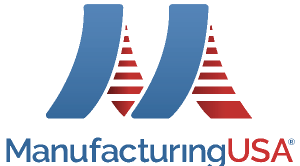

Problem
Rayon-based fibers are the industry standard for ablative and non-ablative insulators in nozzle applications. In recent decades, environmental constraints have limited availability since rayon is no longer domestically produced. Many aerospace programs either have a stockpile of heritage material or utilize foreign sources, both of which present a critical supply chain issue in the production scale-up of propulsion systems. The development of a nozzle material suitable for high speed, air breathing propulsion represents a challenging combination of key technical design attributes including structural integrity at extremely high temperatures and thermal gradients; manufacturability of the material including processing time, cost, and infrastructure requirements; and minimum variability of properties between fabricated components.
Objective
The main objective of this effort is to identify a domestic, sustainable solution to increase the performance capability of high temperature engine nozzle materials. Another goal of the project is to ensure that technically capable and manufacturable solutions progress in order to mitigate increasingly complex and costly testing.
Technical Approach
ReLogic Research, Inc. is leading the effort which includes Lockheed Martin. The project focuses on identifying domestic replacement materials, such as structural or ablative insulators, with performance properties comparable to or exceeding rayon-based high temperature composites. The project team plans to conduct initial material assessments to include traditional nozzle materials with enhanced composite resin systems, ultra high temperature ceramic matrix composites (CMCs), and nano-composite coatings to assess manufacturability. These material samples are being procured to obtain screening properties for preliminary thermal and structural evaluations and to understand coating composition and material manufacturing variability. The material systems with the most promise are being tested in representative environments to down select for future material characterization, high fidelity analysis, and ground testing. Producibility is being addressed with the vendors of the top performing materials.
Project Participants
Project Principal

Other Project Participants
- NCDMM
- Lockheed Martin
Public Participants
- U.S. Department of Defense
